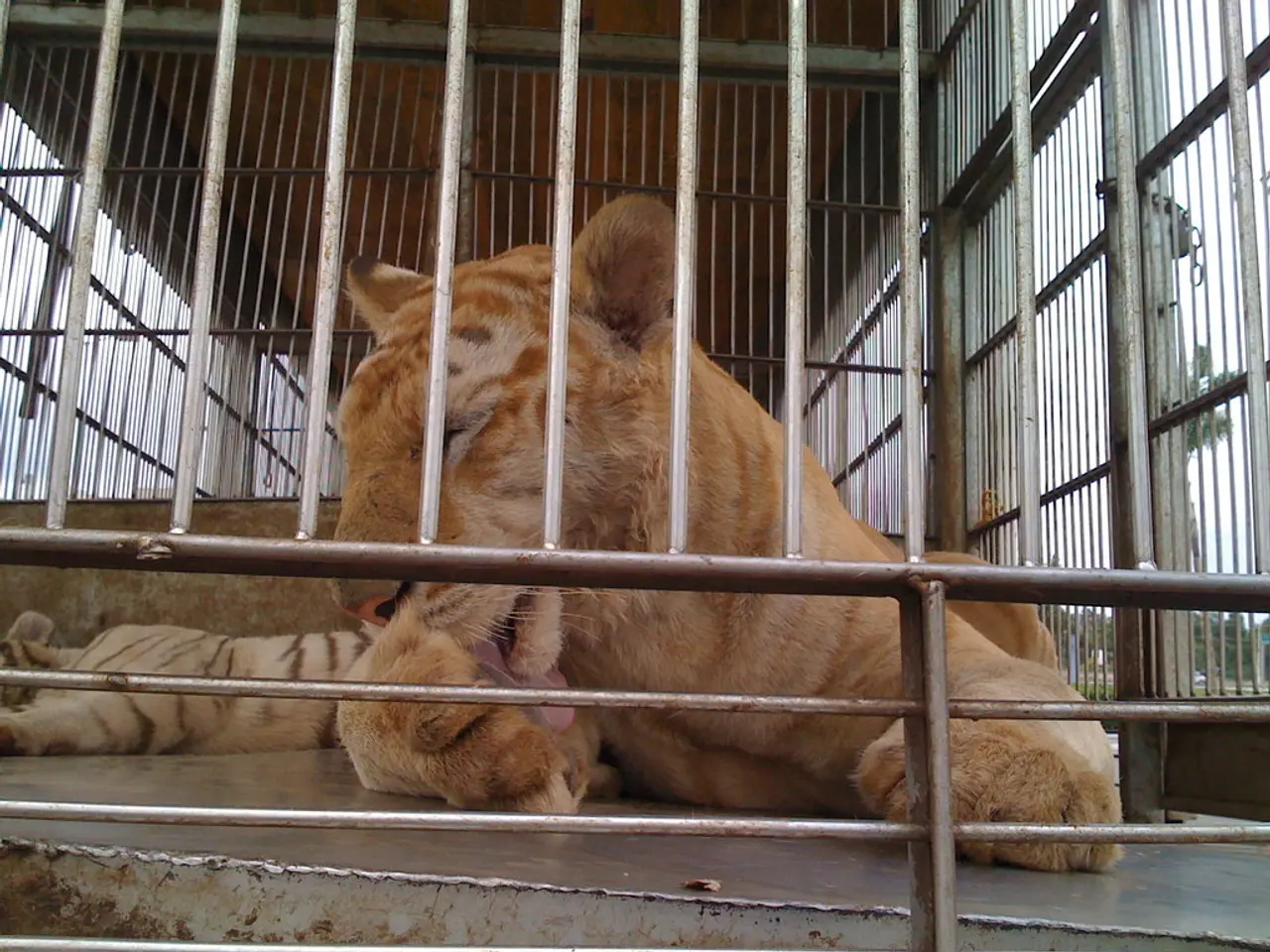Macaws exhibit imitative behavior by observing and replicating the interactions of other macaws, a form of learning similar to the imitation thought to be exclusive to humans.
Blue-Throated Macaws Demonstrate Third-Party Imitation, Challenging Previous Beliefs
In a groundbreaking discovery, scientists at the Max-Planck-Institute for Biological Intelligence, Germany, have found that blue-throated macaws have the ability to learn appropriate contexts for actions through third-party imitation. This skill, previously only reported in human children, was previously considered a unique human trait.
The study, published in the journal Scientific Reports, indicates that the blue-throated macaws have a capacity for perspective taking that allows them to acquire context-appropriate behaviors. The researchers observed this behaviour in a study where blue-throated macaws watched another macaw complete challenges and used that information to complete their tasks faster and more efficiently.
The co-author of the study, Esha Haldar, expressed surprise at the macaws' capacity for third-party imitation after initial skepticism due to failed experiments with companion dogs. Haldar believes that there may be many other social animals that share this skill of third-party imitation.
Third-party imitation is different from learning from demonstrations or second-party imitation. It involves observing another individual and passively gaining information to adapt behaviour. This rudimentary form of culture of gestures in the wild could be a significant discovery in the understanding of animal behaviour and intelligence.
The study on blue-throated macaws is a new discovery of third-party imitation in a non-human species. Scientists had previously identified kea parrots (a species of parrot from New Zealand) as the first non-human species capable of third-party imitation.
The findings of the study suggest that the blue-throated macaws may have evolved an imitation ability comparable to humans for intransitive, goalless actions. This ability to learn from others' interactions is likely to exist in other social animals, according to Haldar.
The study's results could have significant implications for understanding animal behaviour and intelligence. As Haldar puts it, "Understanding the mechanisms behind third-party imitation in animals could help us better understand the evolution of social intelligence and culture in our own species."
Read also:
- Understanding Hemorrhagic Gastroenteritis: Key Facts
- Stopping Osteoporosis Treatment: Timeline Considerations
- Tobacco industry's suggested changes on a legislative modification are disregarded by health journalists
- Expanded Community Health Involvement by CK Birla Hospitals, Jaipur, Maintained Through Consistent Outreach Programs Across Rajasthan








